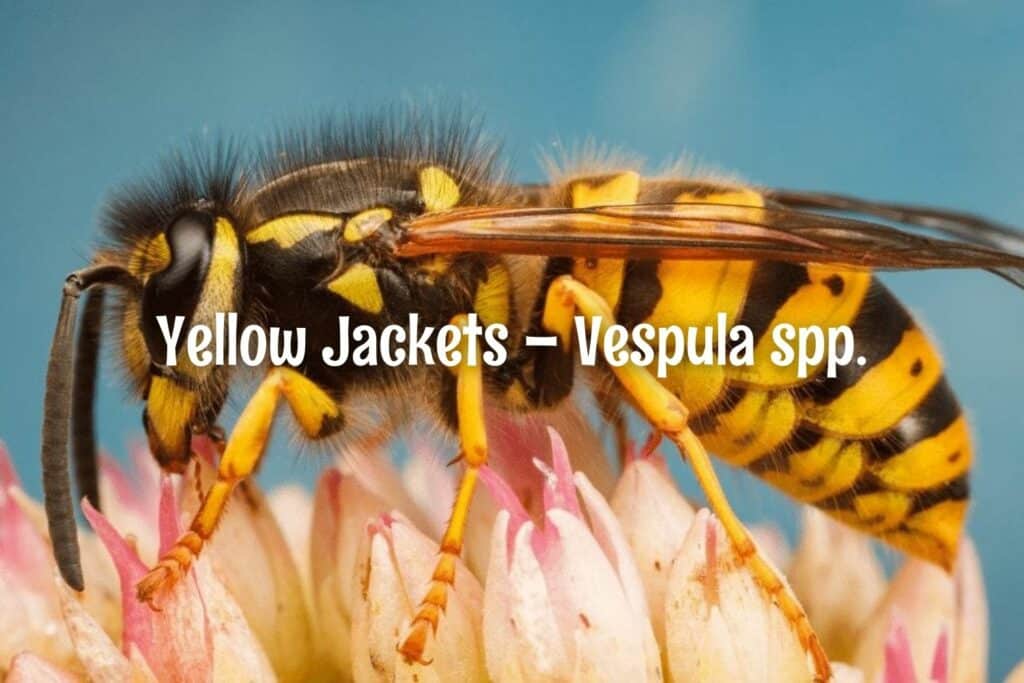
Yellow Jackets – Vespula spp.
by Marcie Crockett
Yellow jackets are social insects that live in colonies containing thousands of individuals. These wasps will attack aggressively when their nest is disturbed, and can inflict painful stings. Numerous stings can result in a life-threatening situation, as can stings to an allergic individual. Unlike the honeybee, which stings only once and then dies, a single yellow jacket can sting many times. Yellow jackets are insect predators and can be beneficial when located away from human activity. Colonies located in or near a home, however, can pose a threat to people living there.
Description
SIZE: 5/8 to 1 inch (14-25.4mm)
COLOR: Black and yellow or black and white
They fold their wings lengthwise when at rest. Like all wasps, Yellow jackets prey on a wide variety of insects and other arthropods. Yellow jackets are unusual in that workers also forage on foods consumed by people, especially sweets and meats.
Life Cycle
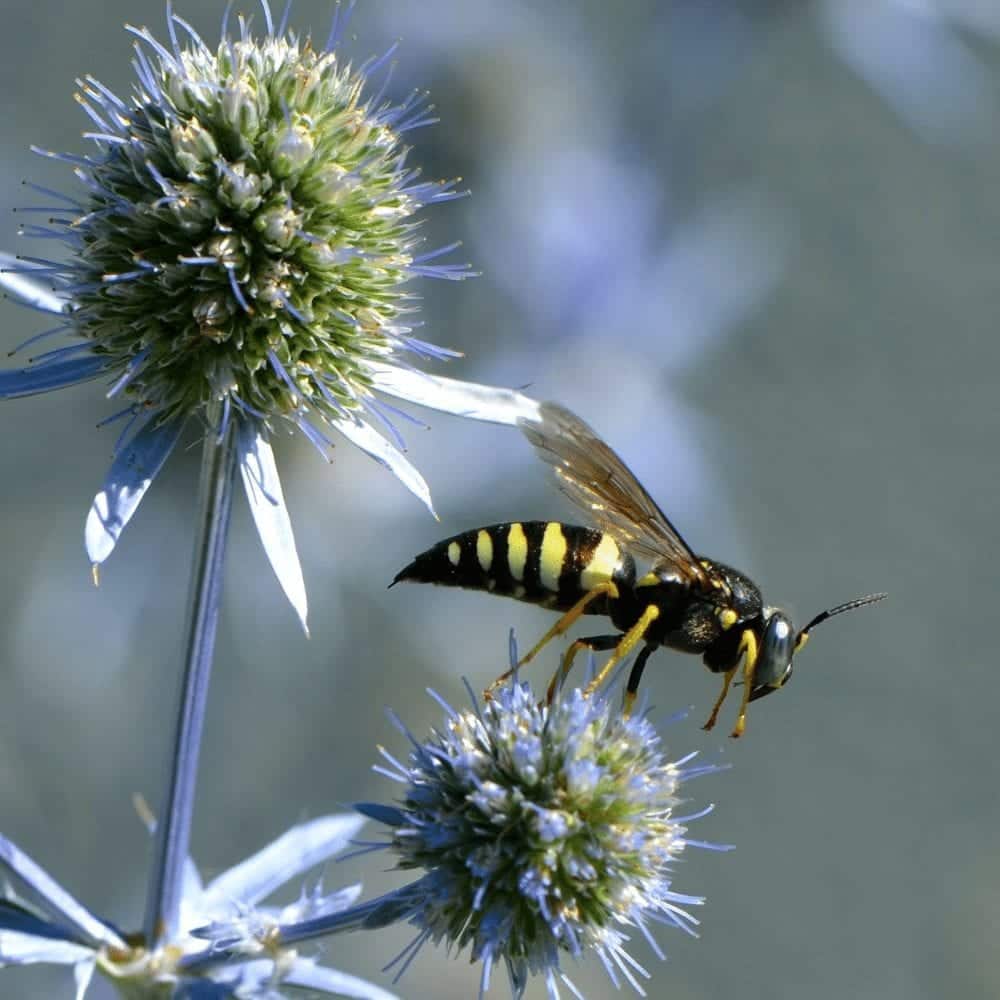
Yellow jacket wasps live in grey, papery nests located either below ground or suspended above ground (Fig.2). Colonies usually are started by a single queen in the early spring, and are very small for the first couple of months. The life of the yellow jacket nest revolves around the queen whose sole function is to lay eggs. The queen begins a nest in the spring by laying a few eggs and raising these workers to adults. At this point the queen will no longer leave the nest to hunt. Workers provision, expand, and defend the nest all season long. As spring and summer pass, the nest grows as new workers are reared and assume their role. By the end of summer, nests may contain hundreds or even thousands of workers. It is at this time of the year (August-September) that they are most troublesome and dangerous. By fall the nest also has produced a crop of new queens and male yellow jackets (drones). By the time of first frost, most workers and male wasps have died and only new, fertilized queens remain. New queens leave the nest to find a protected spot to spend the winter. They reemerge in spring to begin the cycle all over again.
Type of Damage
If a colony is disturbed, worker yellow jackets will aggressively defend their colony by stinging. For most of us a sting may be just a temporary painful experience, but for allergic individuals a single sting may result in a serious reaction. Some people are allergic to the venom of yellow jackets and others are allergic to bee stings. Both reactions can be life threatening. If you are particularly sensitive to yellow jacket venom, be cautious in late summer and early fall when the insects are most numerous.
Control
Management of yellow jacket foragers by destruction of all yellow jackets in and around an area will reduce the possibility of a dangerous sting. The destruction of individual colonies may not eliminate all the yellow jacket workers from an area. Yellow jackets are capable of flying a mile from their colonies in search of food. Effective management of yellow jackets can be achieved by: (1) destruction of wasp nests, (2) trapping, and (3) use of physical exclusion from a food source. The following measures are proven to have no value in reducing the number of yellow jacket foragers in an area: (1) general spraying of an infested area, and (2) electrocuting devices employing UV light, i.e., bug zappers.
Control of nuisance nests
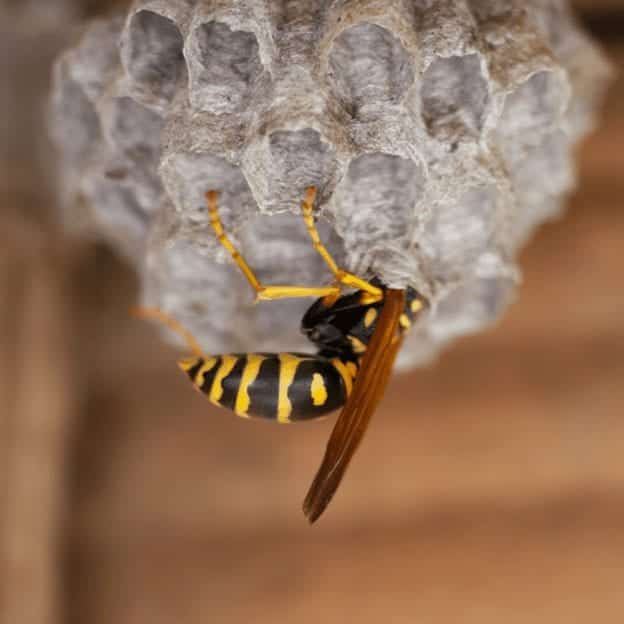
It may be necessary to destroy a yellow jacket nest if it’s near human activity. Nests should be located during the day when the workers are active and the location of the nest should be marked. Treat nests at night with an approved aerosol insecticide. Treating at night is safer because workers are inside and relatively inactive. Use one of the aerosols that propel a stream of insecticide “up to 20 feet” so that you can stand off a safe distance and treat directly into the nest opening. These aerosols are called “Wasp & Hornet Spray,” or something similar. Don’t pour gasoline or paint thinner into nests. This is dangerous, environmentally harmful and illegal. Use products specifically made for yellow jacket control. Some pest control companies will locate and treat nests for you.
Trapping
Non-toxic yellow jacket traps are available in yard and garden stores. The most effective traps for the western yellow jacket use a synthetic attractant called n-heptyl butyrate to lure workers into a trap from which they cannot escape. Fruit juice or various meats can be used as attractants but are not as effective. Traps can provide some temporary relief for picnics, etc., by drawing workers away from people, but they are not effective for area-wide nest control even though many yellow jacket workers may be trapped. Early season trapping may catch queens, which can reduce the number of nests in the area later in the year.
Sanitation
The principle behind this practice is the denial of attractive food to the foraging worker wasps. If begun early in the summer and carried out through mid-autumn, proper sanitation will help to reduce the buildup of foraging yellow jackets in an area. Trash containers should be kept closed whenever possible. Other sources of sugar or protein need to be enclosed or removed.
Interesting Facts
Recent surveys indicate that between 0.5 and 1.0 percent of the population may be allergic to yellow jacket venom.
Sources: PNW 2003 Insect Management Handbook, Virginia Cooperative Extension Publication 444-265.
Originally published April 23, 2003



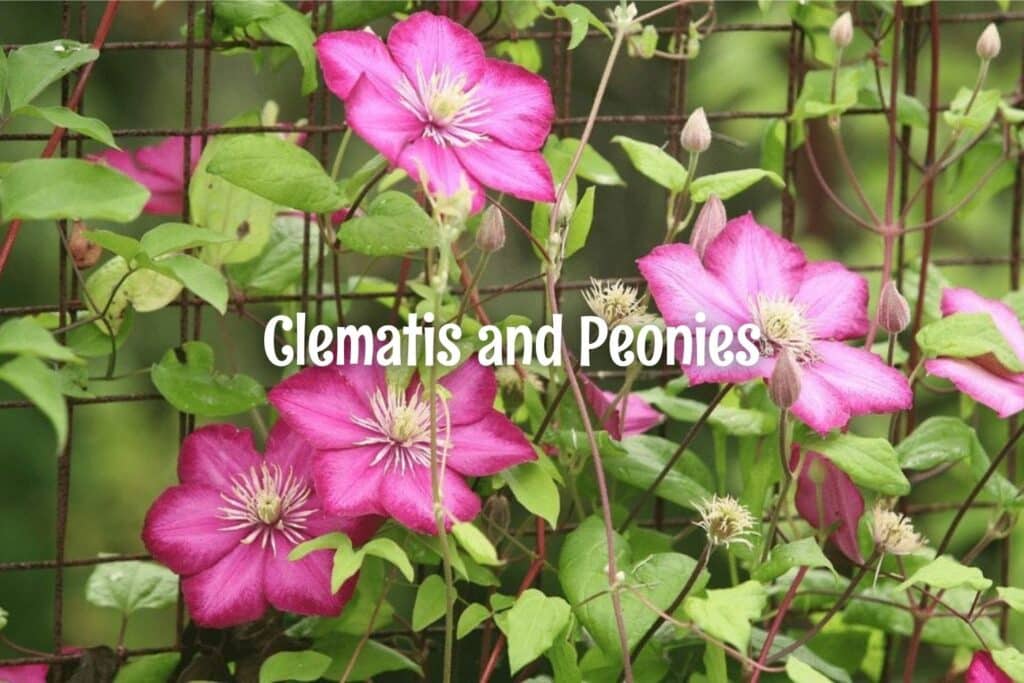
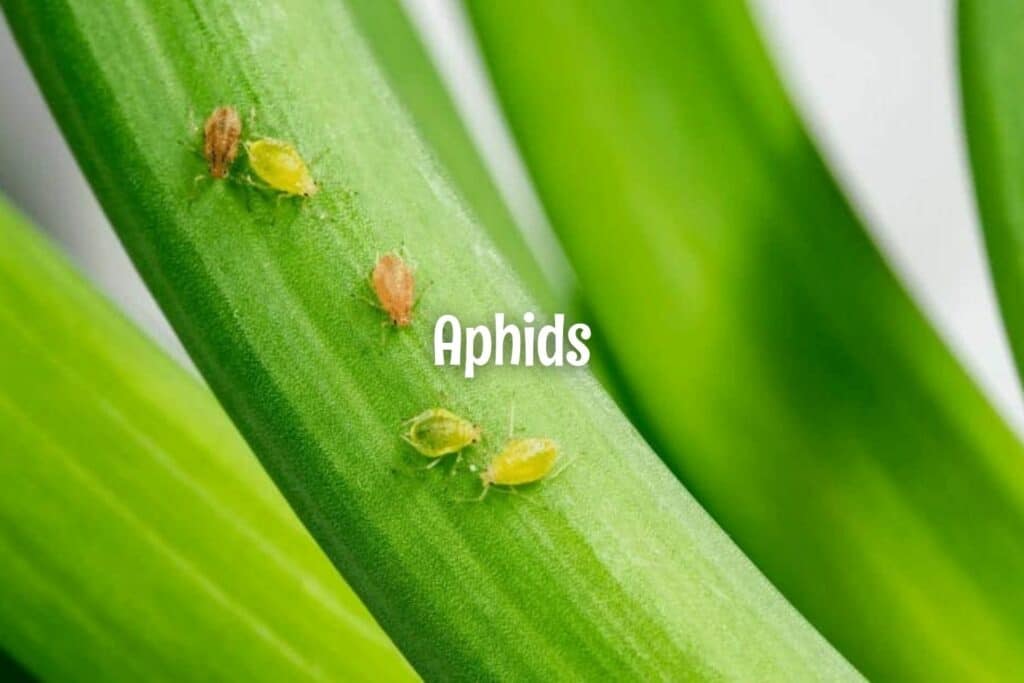

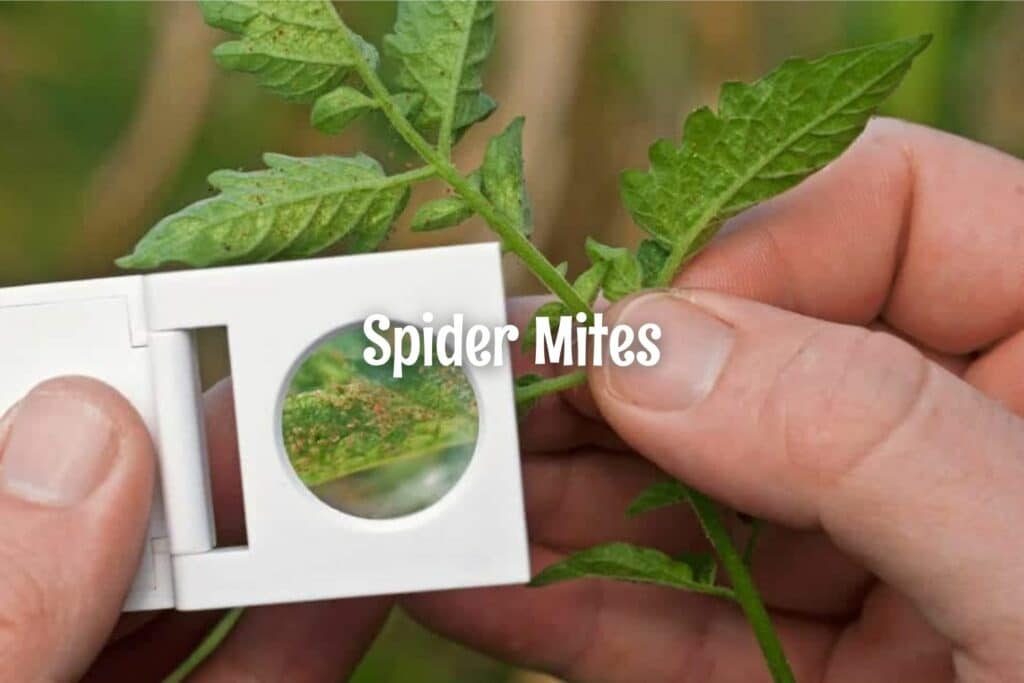
Responses